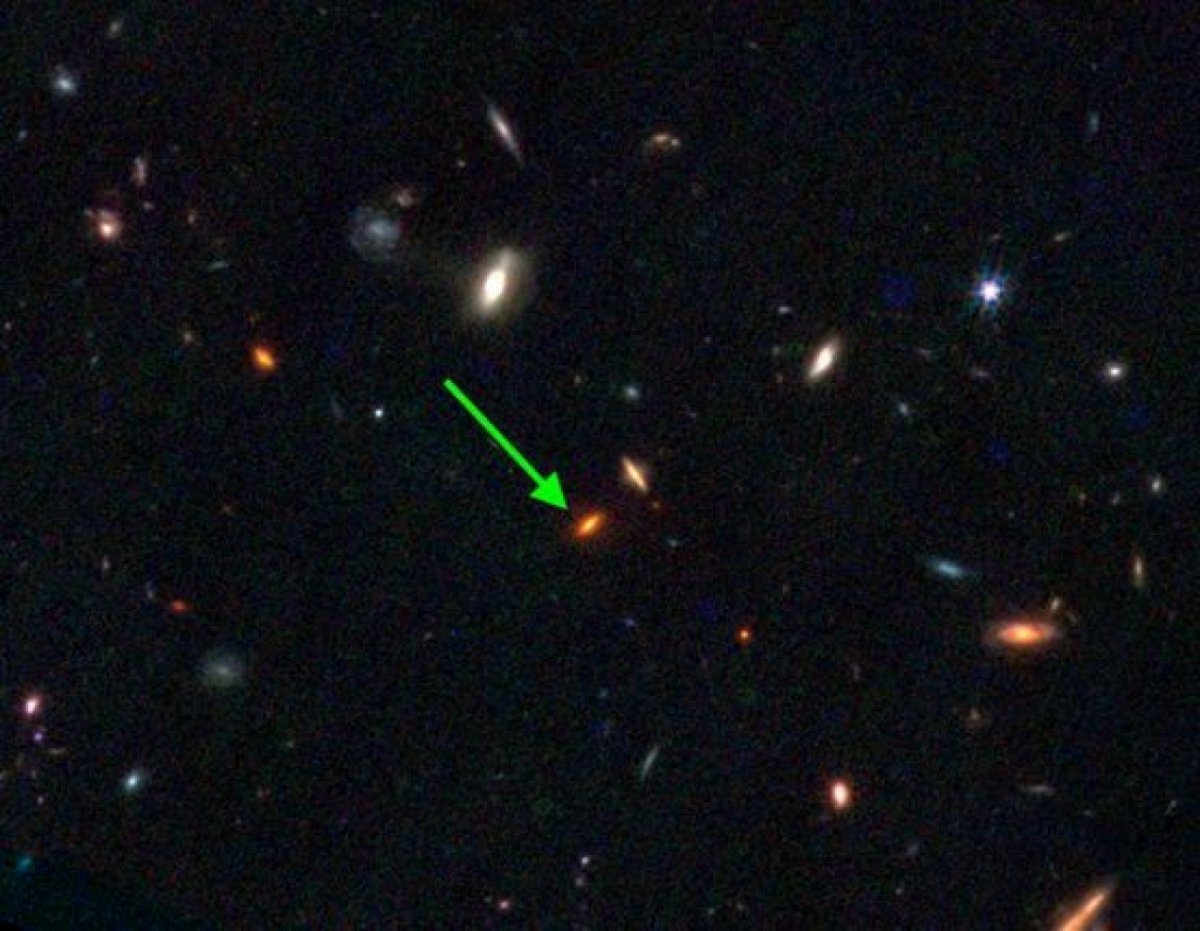Once again, a space telescope has been used to discover an “impossible” galaxy in the early universe that grew very large very early on. The announcement was made by a research group at Swinburne University of Technology in Melbourne, Australia. The galaxy, named ZF-UDS-7329, already had four times as many stars as the Milky Way 11.5 billion years ago. Meanwhile, they are very ancient and were created 1.5 billion years ago. This cannot be explained by our current models. The results point to potential gaps in our understanding of early star clusters, galaxy formation, and the nature of dark matter.
advertisement
Always new questions
As study director Karl Glazebrook explainsThe group has been studying the galaxy for seven years, exploring it for hours using two of the largest telescopes on Earth. However, they could not know their ages, which is why help from space was needed. This was only possible with the James Webb Space Telescope (JWST) and thanks to infrared astronomy, it is now possible to find out. However, the exact age now raises fundamental questions about how the galaxy was able to grow so large so early, and why these galaxies later suddenly stopped producing stars — exactly when the rest of the universe began to do so.
As we understand it, the formation of galaxies is closely linked to the concentration of dark matter, adds astronomer Claudia Lagos. The discovery of such extremely massive galaxies so early in the universe poses a major challenge to the standard model of cosmology. One simply assumes that the dark matter structures required to create them could have emerged at that time. With further analysis, one can now verify how common such galaxies were in that era and how massive they really were. Only when you find more than one of them can you really draw more conclusions. The work was published in the journal Nature.
The James Webb Space Telescope launched on December 25, 2021. Since it began scientific work, the quality of the data has not only impressed the scientific community. Since then, the number of unexpectedly massive galaxies and black holes discovered by the instrument in the early universe in particular has been repeatedly confirmed. This makes it increasingly clear that our models need to be revised so that we can explain the observations. Just a few days ago, a research group said that the data collected indicates that our understanding of the order in which black holes and massive galaxies form is incorrect.
(meh)

“Total coffee aficionado. Travel buff. Music ninja. Bacon nerd. Beeraholic.”








More Stories
Coral Seeding: Artificial Insemination Makes Coral More Heat Tolerant
Fear, Anger, and Denial: How People Respond to Climate Change – Research
LKH Graz: Using radiation to combat heart arrhythmias